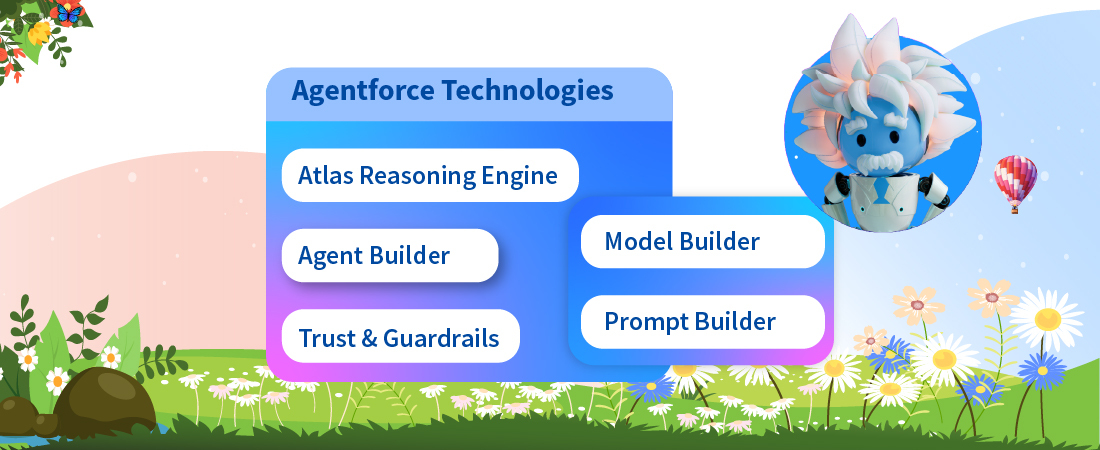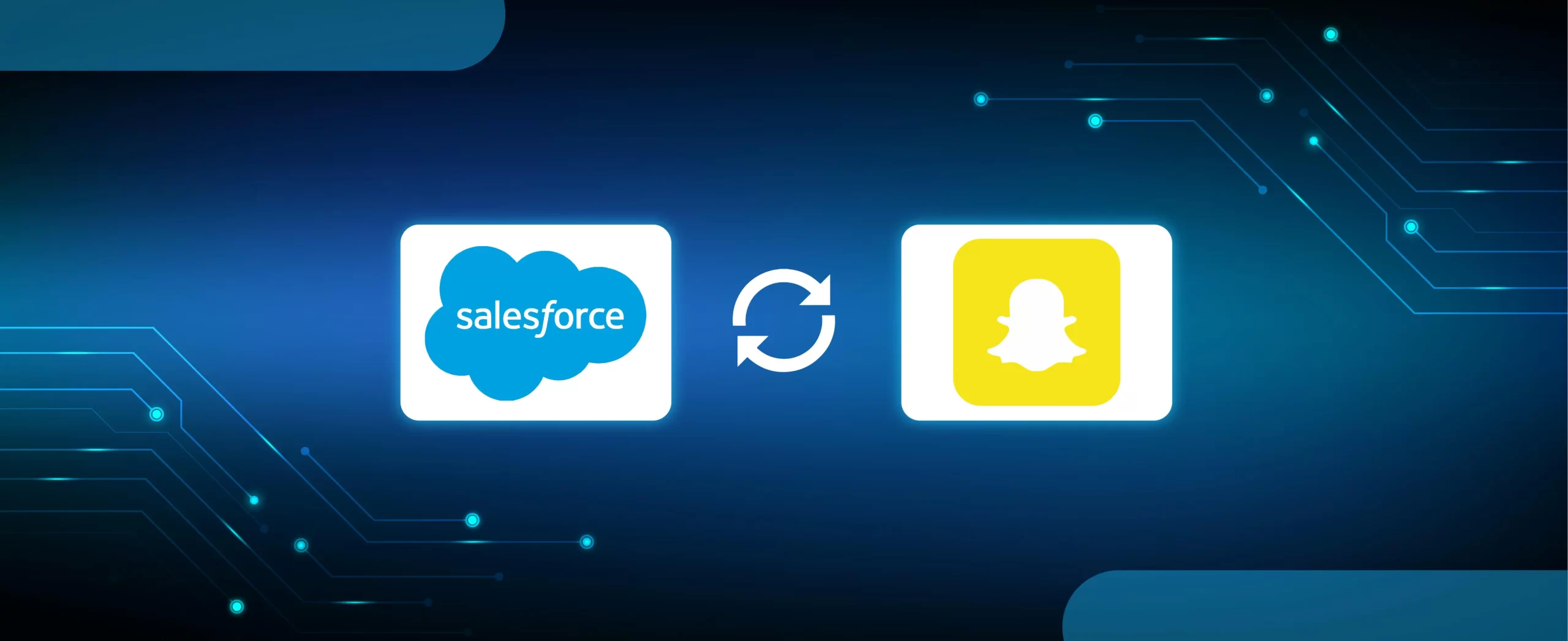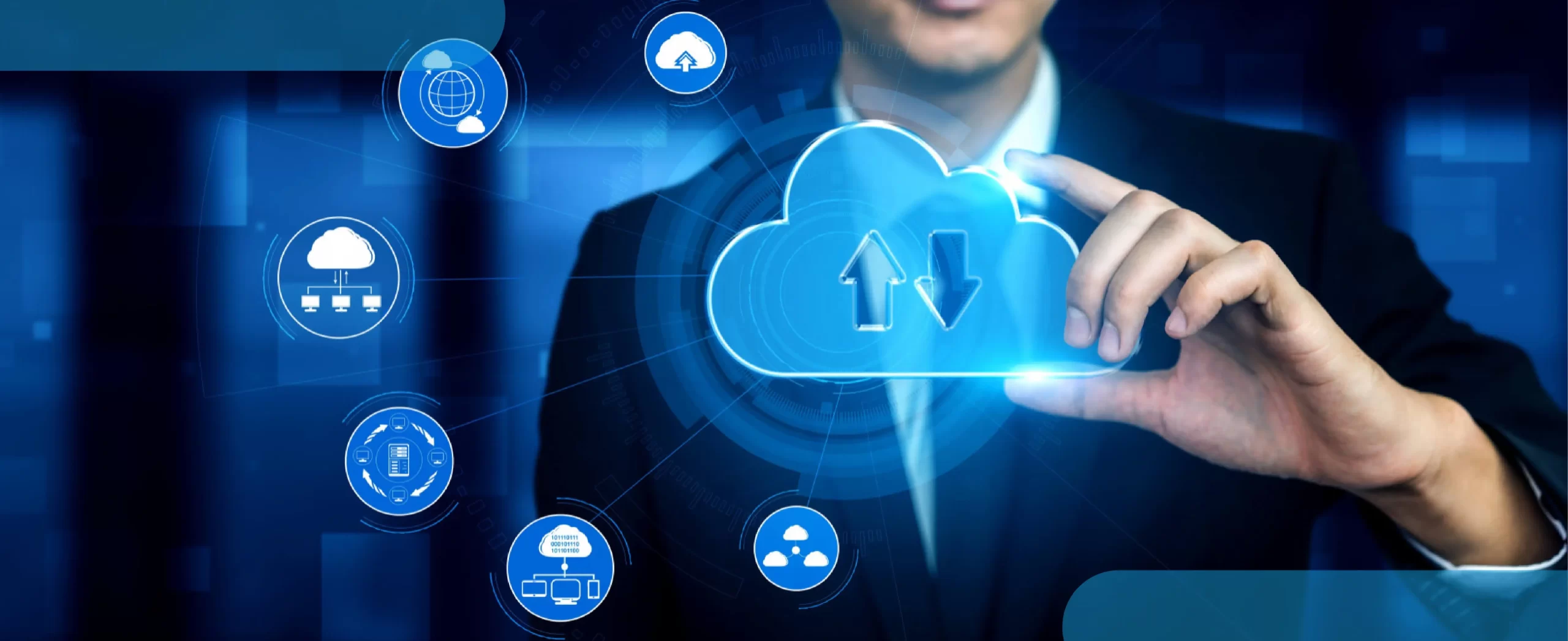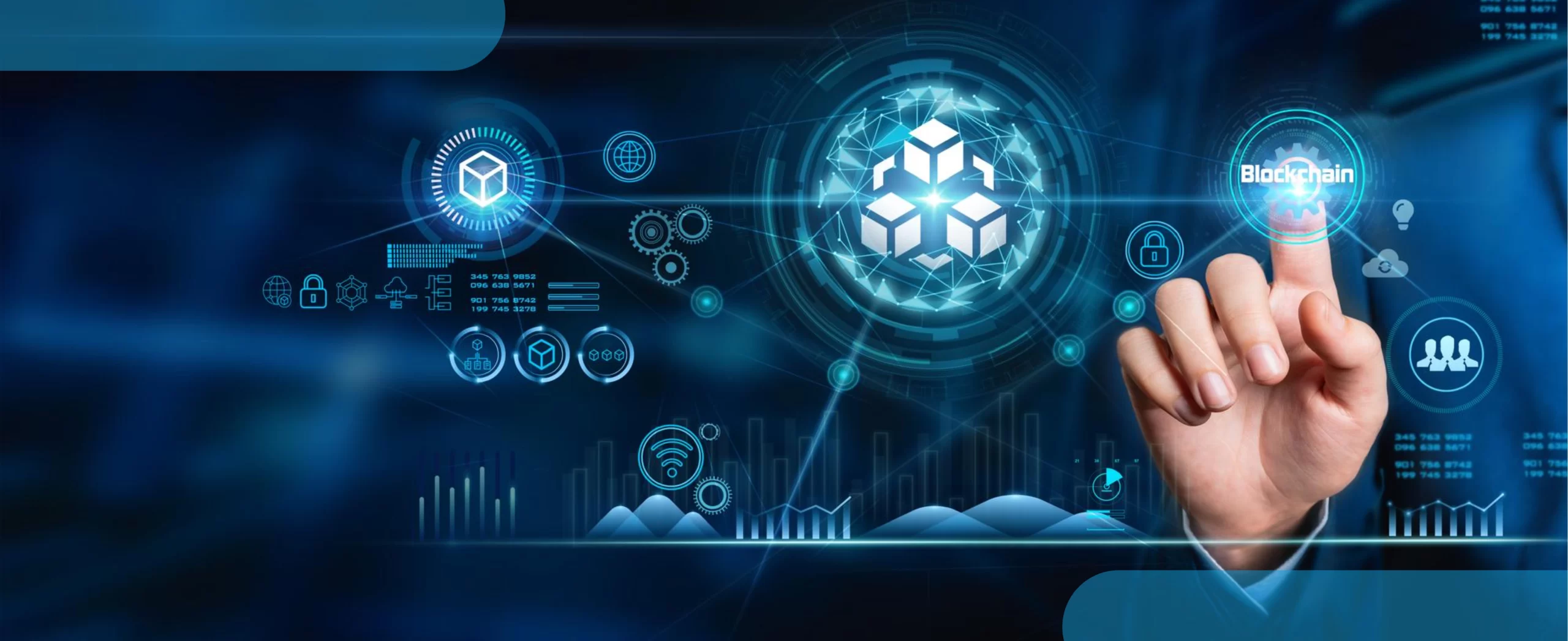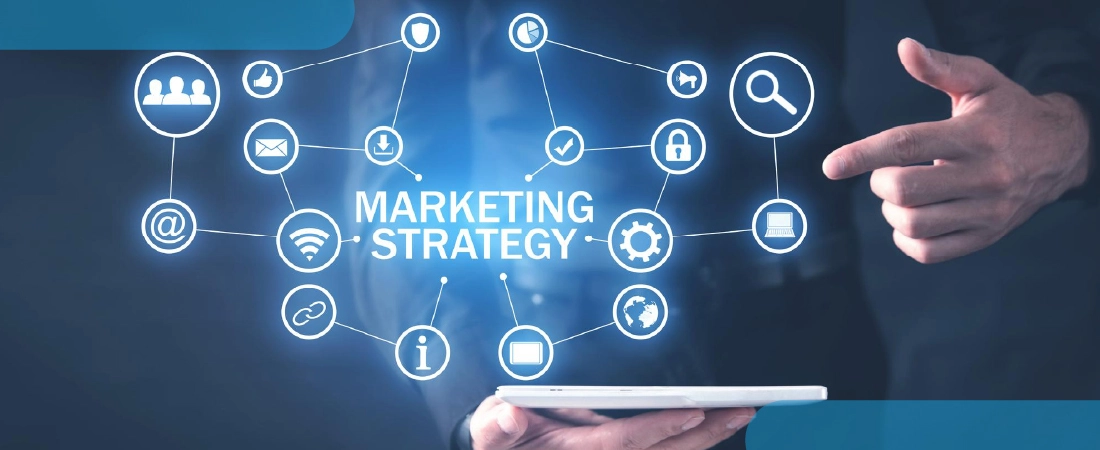Every business conducts two critical processes when it comes to attract, manage, satisfy and follow up with customers – CRM (Client/Customer Relationship Management) and ERP (Enterprise Resource Planning). The CRM system is employed to create and manage relationships with customers, understand preferences, manage the sales value chain and ultimately sell products and services across markets. To achieve such objectives, the CRM system needs front end data, which it can verify, enrich and analyze through marketing and customer support interactions. On the other hand, the ERP system handles and executes processes once a customer order has been placed. For this, it works with back end information such as purchase history, financial data, billing and shipping, accounting and supply chain management.
Working independently, CRM and ERP can provide immense benefits for a business. However, integrating these two maximizes these benefits exponentially, since a single, logical thread of command and execution is created.
Why CRM and ERP integration?
CRM and ERP integration is crucial to creating a single, 360-degree view of every customer. It allows the creation of a single interface to track all interactions with a customer. This allows for efficient use of time and resources, streamlined business process, faster decision making and robust sales.
CRM and ERP systems usually have completely different architectures, and this acts as a roadblock for integration. One method that is often employed while attempting integration is to create point-to-point connections between the two systems. However, this method has significant drawbacks – it is time-consuming, expensive, and usually cause errors that reduce the dependability of both systems. This can be a solution for small business and that too in the short term. Another method often employed is the “swivel chair” process of data entry, so called because it requires a team to manually collect data from one system and enter it into another. It is obvious that this too has a high scope for errors and needs significant time and workers.
When do you need CRM-ERP integration?
Your business relies on manual data entry:
CRM-ERP system integration prevents errors during data entry such as duplication or oversight. All changes to the system are reflected in real time on a single user-friendly interface. This allows consistency and integrity of data and promotes accurate decision making.
Critical data cannot reach users:
Integration of CRM and ERP processes allows every user to have a God’s eye view of their business and enables them to understand how they can contribute better. This insight combined with comprehensive data availability leads to quick and accurate decision making.
Slow functionalities:
CRM-ERP system integration allows for seamless and automatic, a real-time flow of information collected from various channels. Since the human intervention is significantly minimized processes are initiated and concluded speedily. This allows employees to move forward from repetitive work to more challenging albeit rewarding processes which directly impact revenue.
How does the customer benefit?
Increased value per purchase:
CRM-ERP Integration allows the sales department to have access to repeat customers’ order history, their comments and reviews, the frequency with which they purchase their previous complaints about product quality or after sales service and so on. This allows a salesman to create an enhanced experience for the customer with constant improvements.
Accurate matching of wants and availability:
CRM-ERP integration enables a salesperson to have both front end and back end data at his or her fingertips. So, they can match a customer’s desired product keeping in mind the price, offers, discount etc. with the best possible product available.
Waiting time for customers is reduced:
CRM-ERP integration allows proposals in CRM to be converted automatically to ERP orders and then speedily executed and tracked. The reduction in human intervention also reduces inaccuracies and inconsistencies in data. Therefore, the length of time a customer needs to spend between the first contact and ultimate invoicing and billing is significantly reduced.
Speedy product delivery:
Delivering the correct products on time can give a business a significant competitive advantage. CRM-ERP integration allows for this by enabling automatic updates between the two systems regarding changes in the customer order, delivery time and place etc. The reduction in operational costs as a result of the free flow of information makes it affordable for a business to offer better deals, discounts and promotional offers to customers.
Conclusion
CRM-ERP integration is a win-win situation for both the business and the customer. Customer satisfaction increases and business is better able to attract and manage customers. On the other hand, integration allows the business to enjoy increased revenue, reduction in operating expenses, increased overall productivity and reduction in errors.

